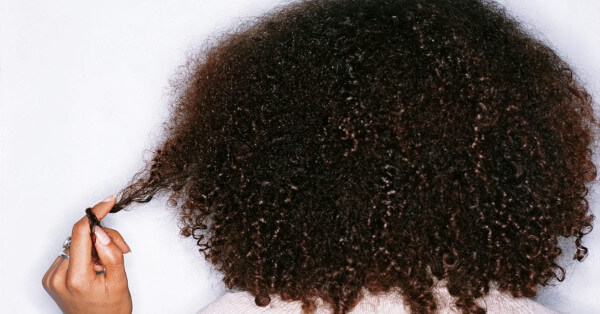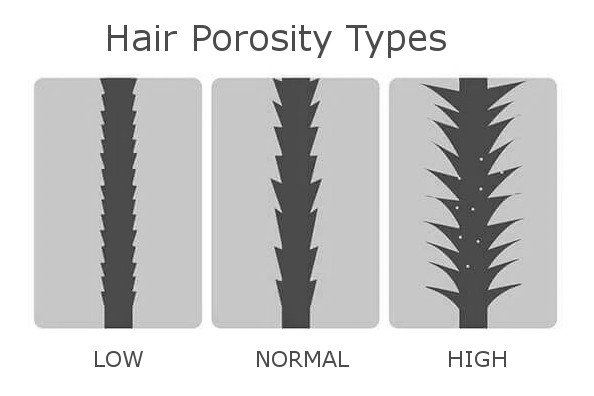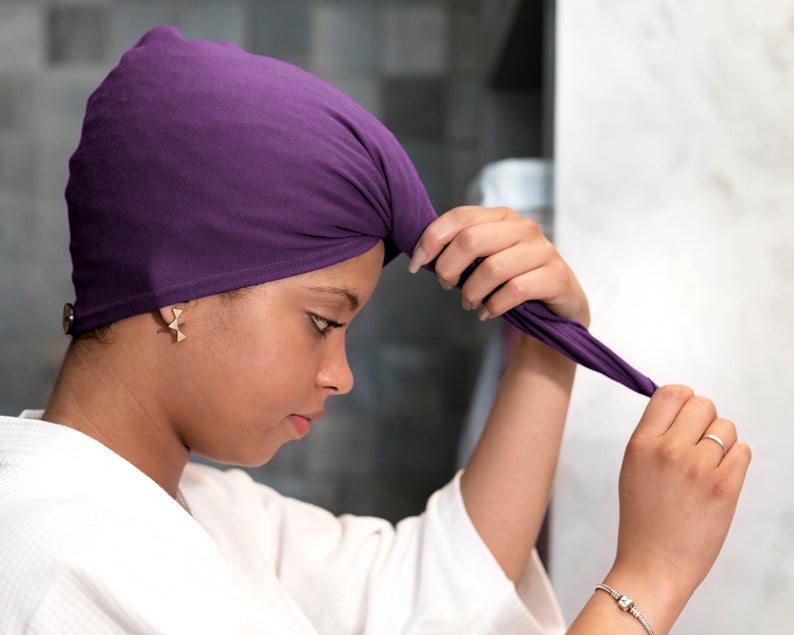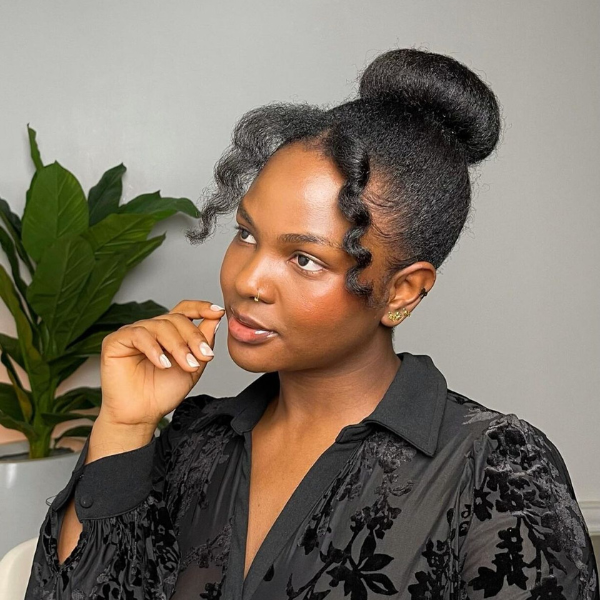Why does my Afro hair take so long to air dry?

It wasn’t until I was a bit older when I started experimenting with my hair care that I started to look into the type of hair I have. Ultimately, it pays to know your hair, in other words what is good and not good for it. Discovering what kind of hair you have will actually help guide you towards what kinds of products and techniques will benefit your afro in the long run; one of the first steps is to find out the level of your hair porosity.
What actually is hair porosity..?
Something that is porous means that the object has minute holes which liquid or air can pass through. Therefore, hair porosity describes the ability of your hair strands to soak up and retain moisture. High porosity hair tends to lose its natural moisture more easily (due to the gaps in the cuticle) and can be more fragile and more prone to breakages; and is more like the hair I have. Medium porosity hair is considered to be the most desirable as it is able to both let in moisture and stop too much from escaping. While hair with low porosity will not let in as much moisture and hair products will largely stay on the surface rather than be absorbed into the hair’s structure.

There’s a simple test you can do to confirm the porosity of your afro. After washing your hair and letting it dry, take a couple strands and place them in a glass of lukewarm water. Watch how your strands behave in the water; those which float have low porosity, those which sink to the bottom have high porosity and if the hairs get suspended in the middle of the glass then the hairs are likely to be mid porosity. Test hairs from different parts of your head and hairs with different curl patterns as they may have different porosities. Everyone’s hair has a natural porosity, one that we’ve inherited from our genes, but there are many external influences that can affect this. Blow drying, bleaching, straightening, overwashing, using harsh products or over exposure to ultraviolet light can all change your hair’s porosity. All of these things can cause your hair cuticles to become raised and open, which makes it harder for your hair to retain moisture and can also lead to damage.
So knowing this helps me manage the high porosity of my hair. Also after washing my hair, I always do the final rinse with cold water as this helps to smooth the cuticle which can help the hair retain more moisture. My porous hair also benefits hugely from protein treatments as they pass right into the centre of my strand’s structure, and applying a light oil after moisturising my afro can help seal the liquid in. If your hair structure is like mine it may also be worth looking into anti-humectant products as they can become a trusted friend and tame the frizz if you plan to spend time somewhere with high heat and humidity.
So, why does my hair take so long to dry?
This is quite hard to answer as I believe the scientific answer might be different to what you might experience in day-to-day life. Hair with low porosity is said to take longer to dry as the tighter cuticle structure means that it protects the water inside the hair shaft and stops it from easily evaporating/exiting. However, I feel this answer may refer more to hair drying out rather than drying after a wash. I have quite high hair porosity and during a wash my afro soaks up water like a sponge; the weight gives my neck a serious workout! I don’t towel dry or use a hairdryer after, I allow it to dry naturally and it takes ages, presumably because there is just so much water to get rid of. It’s almost impossible to say how long it would take to dry if my hair was low porosity, all I can do is get on with what I have and treat my afro in the best way possible.
The steps I take to speed up the drying process…
Straight after rinsing, I turn my head upside down and give my locks a gentle squeeze with my hands, and then repeat the process with an old t-shirt; I never twist as this can break weaker strands, I only use a squeezing motion. Cotton t-shirts have the absorbent properties of a towel but are smooth and therefore less damaging to our precious hair strands. It’s not usually a good idea to dry your hair too vigorously with cotton towels as they’re slightly abrasive so can leave your afro dry and potentially micro-damaged. When applying a leave in conditioner or other products I make sure to apply it to damp hair, never wet hair as that would slow down the drying process. Following that, I split up my afro into smaller sections before covering my head with a microfibre towel which I usually leave on for an hour or so. Fun fact, when I was at uni, I knew a girl who used kitchen roll to dry her hair – she sectioned up her afro and gently dabbed with the paper towel; not the most economically/environmentally sound idea but it really dried her hair quickly and super gently! Finally, if you feel the need to use heat, try to keep it at a low temperature, use a hooded dryer, or alternatively try use a diffuser attachment on your blow dryer.

As always finding out what works for you and your afro is a process of trial and error, but knowing more can allow you to make smarter decisions about the care of your hair.
Fro stay strong.x
You may also be interested in

